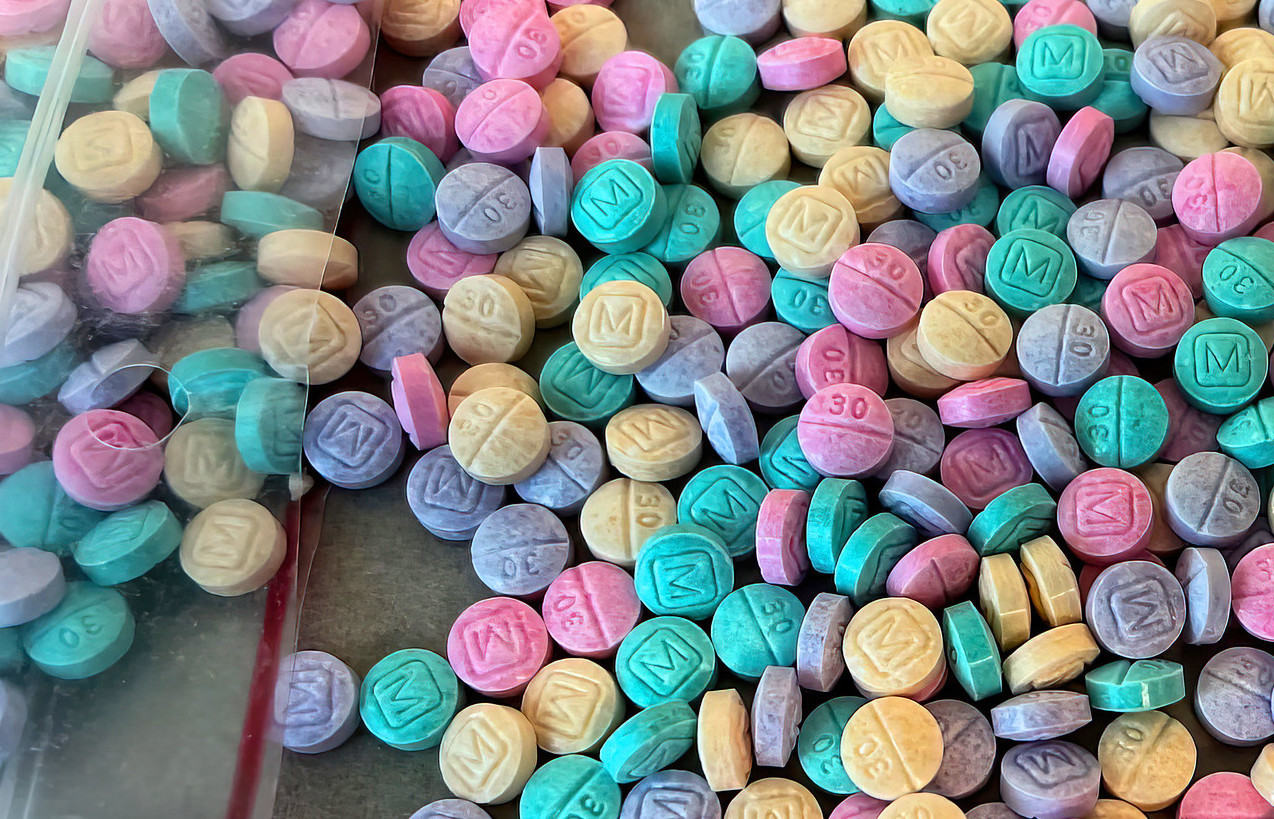Imagine the entire population of a city the size of Peoria, Ill., suddenly vanished.
What if half the residents of Richmond, Va.; Huntsville, Ala.; or Tacoma, Wash., turned to the person next to them and that person was gone?
As sensational as it may sound, this isn’t the plot of a new Netflix series. Last year, according to the U.S. Centers for Disease Control, 110,236 people died of drug overdoses in the United States. During the pandemic, fatal overdoses from fentanyl alone escalated by 94% — to the point that 196 Americans a day are currently dying from the drug.
That’s a Boeing 737 crashing daily, leaving no survivors.
“This crisis is rarely mentioned in many of our churches.”
Deaths from synthetic-opioid overdoses now outnumber the deaths of U.S. military personnel killed in Vietnam, Iraq and Afghanistan combined; yet this crisis is rarely mentioned in many of our churches. Families suffer these losses in silence because of the shame and stigma that accompanies opioid use disorder (also known as OUD). Unfortunately, this stigma is not confined to the substance abuse itself, but to the treatments as well.
How did we get here? If we found the metaphorical airplane’s black box amidst the wreckage, what would it tell us?




























